We all know the basics of food: the plants eat sunlight, the animals eat the plants, and the big animals eat small animals. In the world of nature, though, are always exceptionally present, as indicated by the evidence of evidence of livestock, poultry and pet (most insects, but sometimes cheaper, hides, or small scale). On the above pictures, you will meet the famous crocodile plants in Cobra Lille, less prominent from the famous Leading Venus Flatrap.
Here are some plants that eat animals and insects.
Tropical powder plant
Depending on the other things, award collection sweater plant, on the island of Nepice, is on this scale: "pitchers" of this plant can reach a fit at the height, ideal for capturing and capturing not only insects, but also Small terraces, amphibians, and even toxic. Destructive animals are attracted to the sweet fragrance of the plants, and they can take up to two months when they fall into digestive digestion! There are about 150 napanese species scattered around the eastern twilight; fifty monkeys of Turtles are used as a cup of drinks (which are very big to find themselves at the wrong end of food).
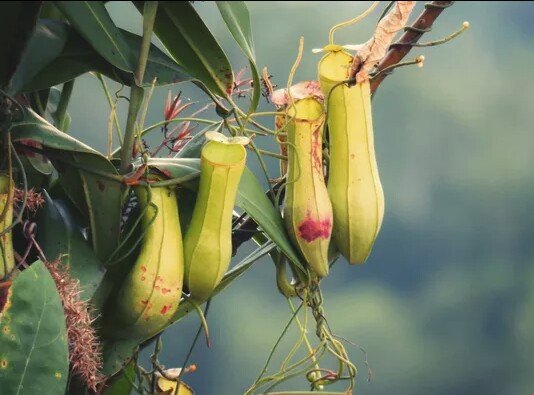
Cobra lily
Therefore it is nominated because it seems to be a cobra strike, Cobra Lily, Darlington California, is an extraordinary plant that is related to cold water and surgical cold water. This plant is really decorative: Not only does it steal the insects in its sweet smell in its mosquitoes, but many of his servants try to try to pass through it, lies out of lies "false". Naturally naturally, naturally cobra lily is not naturally known for pollution; Clearly, some type of insects collect pollution from this flower and remains alive to see each other, but it is absolutely Is unknown
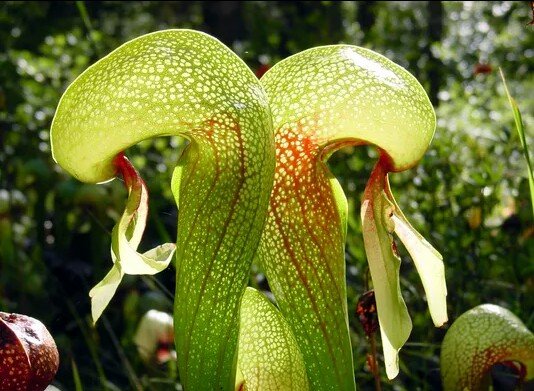
Trigger plant
Despite its aggressive voice name, it is not clear that the trigger plant (genius stylish) is really physically infinite, or just trying to save itself from insects. Some species of triggers are equipped with "trichomes," or sticky hair, which do not belong to the occupation of the small insects - and the ingredients that digest the plants are to slowly detect themselves. Unfortunately, the affected people spread. Although further investigations, however, we do not know if triggers are actually required to disperse with small, annoying hunting, or just unwanted visitors to avoid any small diet.
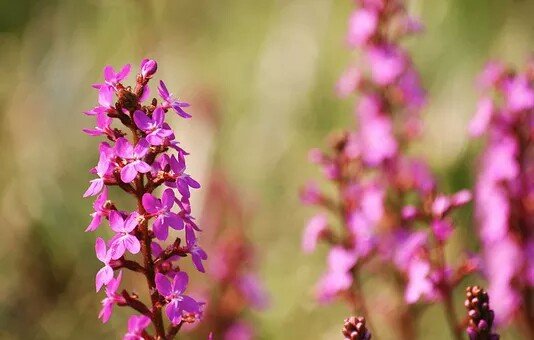
Trophyfeld
A species of plants known as a Liana, is more steps in cycling cycle than Ridley Scott in tryphiophyllum peptum. First of all, it increases the size of unusual views; then, around the flowers, this produces long, sticky, "granular" leaves that attract insects, occupation and digestion. . And finally, it becomes a small, bloomed belt with leaves, sometimes reaches more than hundred lengths. If it looks uncomfortable, there is no need to worry: outside the green houses, specializing in foreign plants, only one place you can. Potatitis can be encountered, in tropical West Africa.

Portuguese Sundew
Nutrition components with Portugal Sundew, Drosophyllum lusitanicum, Spain, Portugal and Moroccan coasts increase poor soil - so you can sometimes forgive her to meet her diet with bugs. Like many other care plants on this list, Portuguese soda draws insects with its sweet fragrance; Their roots in a sticky substance called dirt on its leaves; slowly spread unfortunate insects. That encloses digestive energies; and emotionally absorb nutrients, so it can flower the other day. (Well, there is nothing to do with Drofoflum Drosporella, better fruit is known as fruit.)
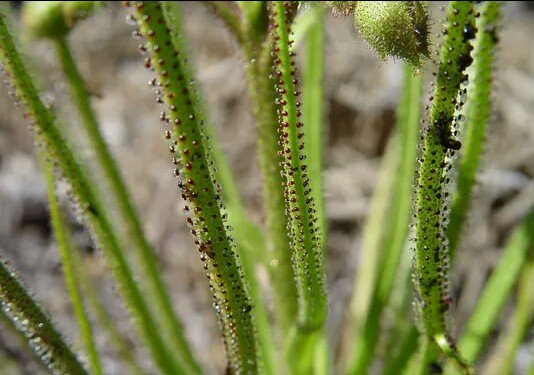
Roridula
The residents of South Africa, Roridula is a curry plant with a twist: it actually does not occupy insects with its sticky hair, but this work leaves a bug species called Pugidia Roridulae, which It has sympathy with him. What is the return of Rodriguez? Well, p. Rourdialis's pipe rich in tasty and nutrients, making it a wonderful fertilizer. (By the way, a 40-year-old phosphorus of Rhorodola has been discovered in the Baltic region of Europe, it is a sign that the plant was much more than ever at the San Francisco Air Force.)
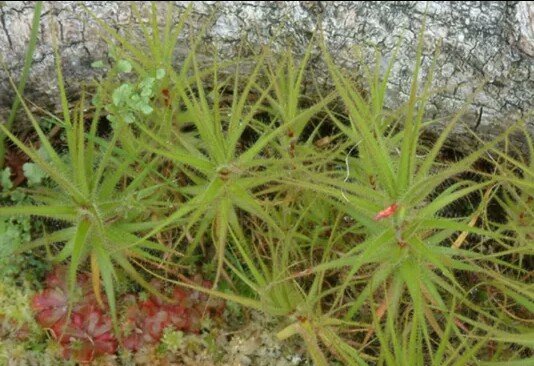
Hello,
We have found that all or part of the above post may have been copied from: https://www.thoughtco.com/plants-that-eat-animals-4118213
Not indicating that the content you post including translations, spun, or re-written articles are not your original work could be seen as plagiarism.
These are some tips on how to share content and add value:
Repeated plagiarized posts are considered spam. Spam is discouraged by the community, and may result in action from the cheetah bot.
If you are actually the original author, please do reply to let us know!
More Info: Abuse Guide - 2017.
If you reply to this comment directly, we may not notice your response.
It is recommended to contact us in our Discord Channel, instead.
Thank you.
Thanks for sharing good information.
Thanks for appreciating
You got a 7.13% upvote from @dailyupvotes courtesy of @muhammadafzaal!
Please upvote this comment to support the service.
!cheetah ban
Both of your accounts will be banned if you keep copy/pasting articles and adding the source at the bottom. Each post should have original thoughts in it. Our Steemcleaners comment gives valuable advice and warnings on behalf of the community, it's best to listen to it.
Okay, I have banned @muhammadafzaal.